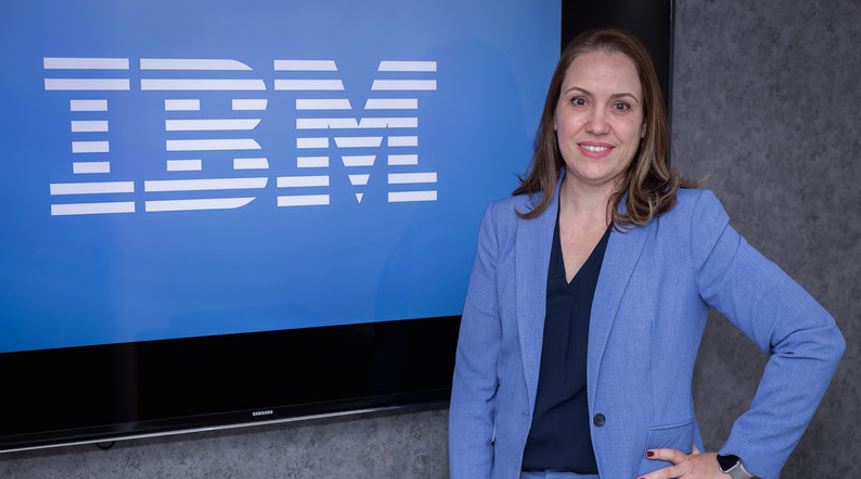
Credit: Cesar Cinato
*by Mirian Cruz
One of the biggest dilemmas of the financial industry is being able to use the countless data it holds. According to AI Adoption Index from Morning Consult and IBM, 53% of financial services companies in Latin America rely on more than 20 different sources – such as databases and the Internet of Things (IoT) – to power their AI, Business Intelligence and Advanced Analytics systems, while some of these organizations struggle with up to 1,000 data sources. Consequently, the biggest challenge is how to manage, maintain and integrate different sources of data from the same company, in the same place, securely and with access to professionals who need this information to make better decisions.
The concept Data Fabric is becoming increasingly relevant and is an architecture that facilitates the end-to-end integration of diverse data sources from different areas of the business and cloud environments through intelligent and automated systems. Data management teams are leveraging it to unify their disparate data systems, incorporate governance, strengthen security and privacy measures, and provide better data access to employees, particularly business users.
Thus, a financial services company could access data platforms for investments, loans, accounts, customer service, promotions and more from a single place. In this way, they would achieve a holistic view of the customer lifecycle and be able to make connections between data that didn't exist before to make better decisions and deliver more satisfying experiences.
The architecture of Data Fabric facilitates self-service applications by democratizing access to data and including professionals beyond technical resources such as data engineers, developers and data analysis teams. At the same time, reducing data bottlenecks encourages greater productivity, enabling business users to act faster and freeing technical users to prioritize tasks that make the best use of their skills.
This expansion of access does not mean compromising data security and privacy measures. In fact, more governance safeguards are built around access controls, ensuring that specific data is only available to certain roles. O Data Fabric it also enables technical and security teams to implement data masking and encryption around confidential and proprietary information, mitigating risks related to data sharing and leaks.
At IBM, we work with our clients to promote data-driven organizational cultures, where the entire company has the right skills to leverage data and is governed by standards of transparency and accountability. An integrated approach ensures that the right people have the information they need at the right time, in a secure environment, supported by reliable, unbiased, quality, real-time data.
When architecture is more difficult to maintain than to use, it is often discarded. O Data Fabric enables a holistic approach by unifying diverse data sources hosted in different environments, enabling organizations to drive modernization, accelerate innovation, personalize service, build trust in their data and improve collaboration. In addition, through a hybrid cloud approach, the company will be able to strategically move its workloads to the cloud, in a secure environment that allows it to comply with local regulations. In this way, the organization will be able to infuse AI throughout its business more easily, quickly and securely.
*Mirian Cruz, Digital Strategy Leader at IBM Brazil
Notice: The opinion presented in this article is the responsibility of its author and not of ABES - Brazilian Association of Software Companies













